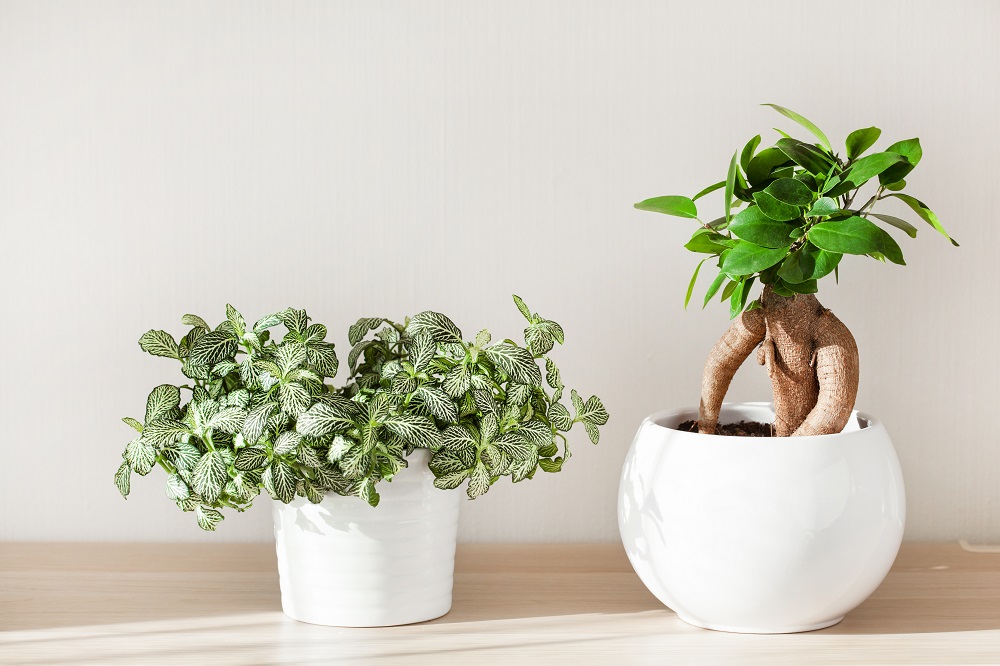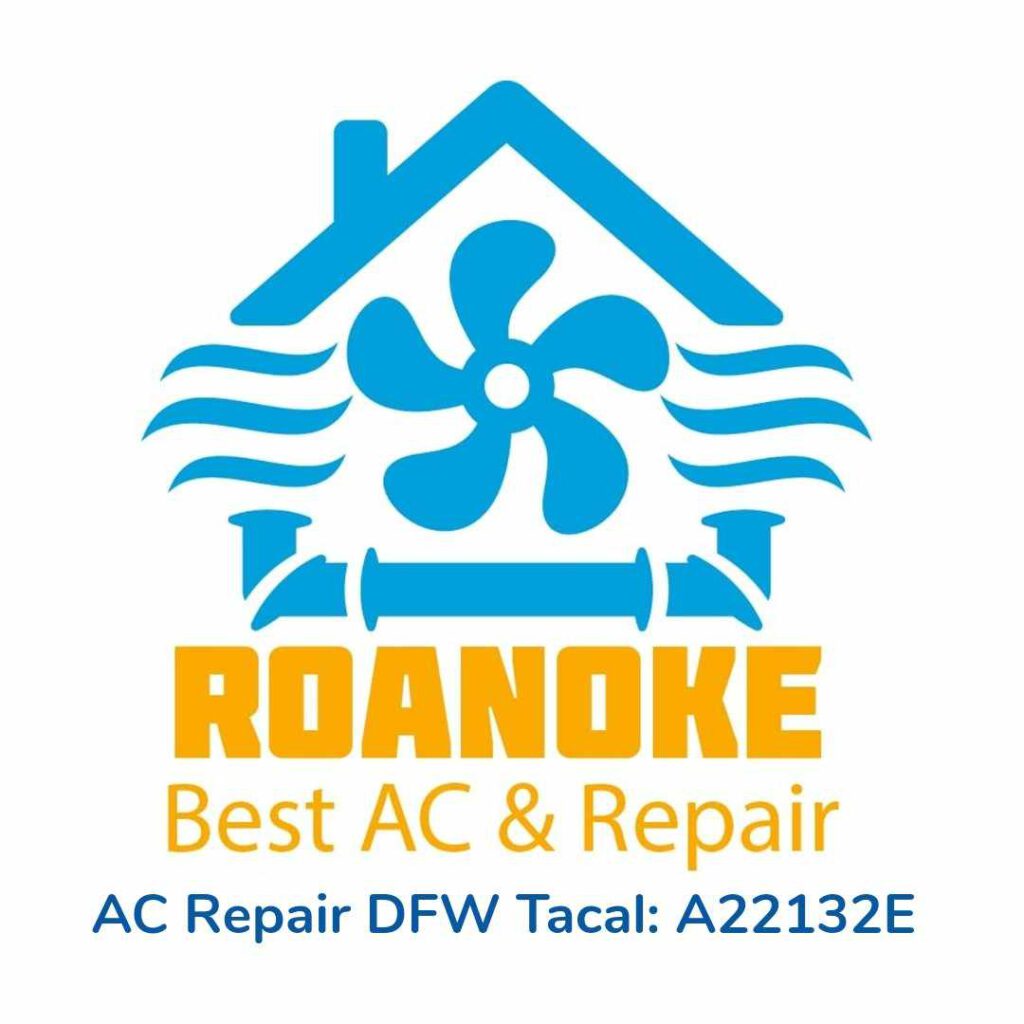Indoor Air Quality

Each one of us spends most of our time indoors, working on the office or at home relaxing. Regrettably, indoor air is far more polluted and contaminated compare to outdoor air. Indoor air contains two to five times and in several cases, as much as 100 times more contaminants than outdoor air, according to the EPA.
Our homes and offices contain pollutants in the air that we inhale (such as chemicals, gases, and living organisms like bacteria, mold, and pests) which could put us at risk for health problems.
- AC Repair
- Heater Repairs
- HVAC System Replacement
- Preventative Maintenance
- Heat Pumps
- Attic Ventilation
- And more services
- Indoor Air Handlers
- Gas Furnaces
- Indoor Air Purifiers
- Packaged HVAC Units
- Residential HVAC Services
- Attic Ventilation and More
- Limited Commercial Repairs
Get Your Free Quote Today
Common Domestic or Home Pollutants
- Radon is a radioactive gas that is formed in the dirt. Radon could enter and go into buildings through cracks and openings in floors and walls that are in contact with the ground. Radon is the primary or leading cause of lung cancer among non-smokers and the second leading cause of lung cancer in general.
- Second-hand smoke, an effect of burning tobacco products. Second-hand smoke could cause cancer and serious respiratory diseases. Children are particularly vulnerable to second-hand smoke; it could cause or worsen asthma symptoms and is associated with an increased risk of ear infections and Sudden Infant Death Syndrome (SIDS).
- Combustion Pollutants are the gases or particles that come from burning materials. The major cause of combustion pollutants in homes is unvented or improperly vented fuel-burning appliances (such as stoves, water heaters, dryers, space gas heaters, wood stoves, and fireplaces). The kind and amount of pollutants formed depend on the type of appliance, how well it is installed, maintained, vented, and the sort of fuel it consumes.
Common combustion pollutants include:
- Carbon monoxide (CO), a colorless, and odorless gas that interferes with the distribution of oxygen throughout the body. Carbon monoxide could cause headaches, dizziness, weakness, nausea, and even death.
- Nitrogen dioxide (NO2), a colorless, as well as odorless gas that could cause eye, nose, and throat irritation, shortness of breath, and a greater risk of respiratory infection.
- Volatile organic compounds (VOCs), chemicals found in paints and polishes, paint strippers, cleaning materials, varnishes and waxes, insecticides and pesticides; building supplies and furnishings, office equipment, moth repellents, air fresheners, and dry-cleaned clothing. VOCs, evaporate into the air when these products are used and, at times, when they are stored. VOCs could irritate the eyes, nose, and throat and/or cause headaches, nausea, and damage to the liver, kidneys, and central nervous system. Some of them could as well cause cancer.
- Molds, living things that produce spores or microorganisms. Molds produce spores that float in the air, land on wet surfaces, and grow. Inhaling or touching molds can cause sneezing, runny nose, red eyes, and skin rashes. Molds could also trigger asthma attacks.
Improving Indoor Air Quality
Some simple steps to follow for improving your indoor air quality are given below:
- Increase air ventilation by way of opening a few windows daily for five to ten minutes, preferably on both sides of the house.
- Get houseplants! NASA has found that houseplants amazingly improve the air in your home.
- Take off your shoes and leave them by the door every time you enter the house, to prevent tracking toxic particles from room to room.
- Discourage tobacco smoking inside or around your home.
- Use non-toxic cleaning products, for example, baking soda, hydrogen peroxide, and vinegar.
- Don’t instantly hang dry-cleaned clothing in your closet. Instead, hang them outside for a day or two. Better yet, check if there’s an eco-friendly dry cleaner around your city that uses several of the modern dry-cleaning technologies, such as liquid CO2.
- Use safer personal-care products. Avoid aerosols and seek VOC-free cleaners.
- Avoid commercial air fresheners and scented candles, which could release literally thousands of different substances into your living space.
- Vacuum and shampoo your mop, carpets, rugs, and floors frequently. Whenever a person walks across the floor, a whirlwind of irritants is arising and stirred up.
- Upgrade your furnace or heater filters. Modern filters are improved at efficiently trapping particles. Moreover, have your furnace and air conditioning ductwork and chimney washed regularly.
- Avoid storage of paints, adhesives, solvents, and other harsh chemicals inside your house or in an attached garage.
- Avoid using non-stick kitchenware. As a good alternative, use ceramic cookware instead.
- Safeguard your combustion appliances are properly vented.
- Go for safer and more environmentally friendly materials, such as VOC-friendly paints, when constructing or renovating.
- Choose sustainable hardwood flooring instead of carpet. Carpet traps loads of dirt particles such as pet fur, heavy metals such as lead, cadmium, and mercury, and all sorts of allergens. If you decide on installing a carpet, seek the one labeled “VOC-free” to avoid toxic off-gassing.
- Make sure your house has good drainage and a sealed foundation.
- Control pests by sealing cracks, gaps, and leaks. Properly store food and avoid leaving it open for any length of time.
When to Contact Roanoke’s Best AC & Heater Repair?
If you have experienced and suffered from any of the following issues, please call Roanoke’s Best AC & Heater Repair by AC Repair DFW to schedule a fast evaluation of your home’s indoor air quality now:
- Asthma, allergies, and/or other respiratory problems
- Sore throat, colds, and/or flu
- Memory loss, dizziness, fatigue, and/or depression

Call Today for your Free Instant Quote...

